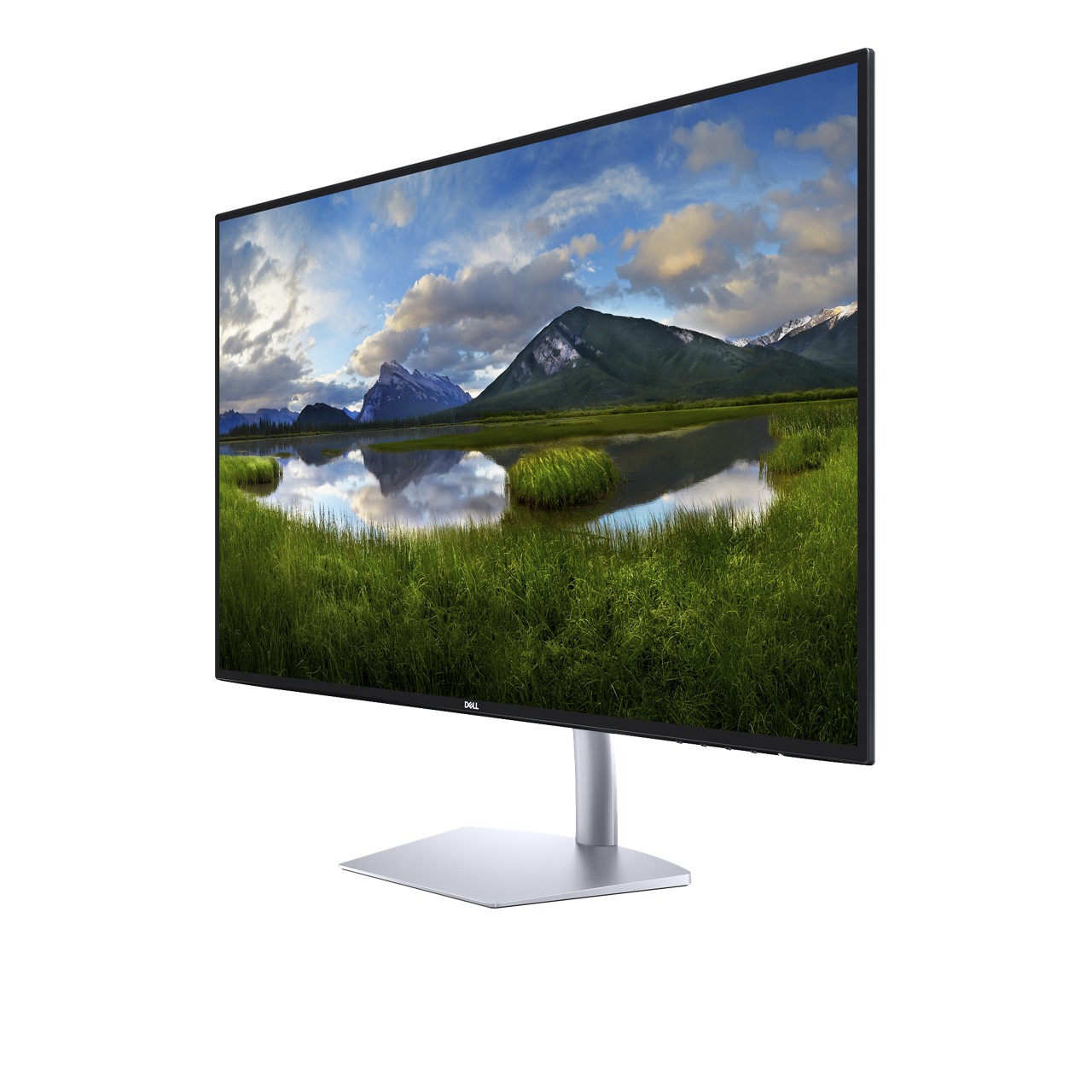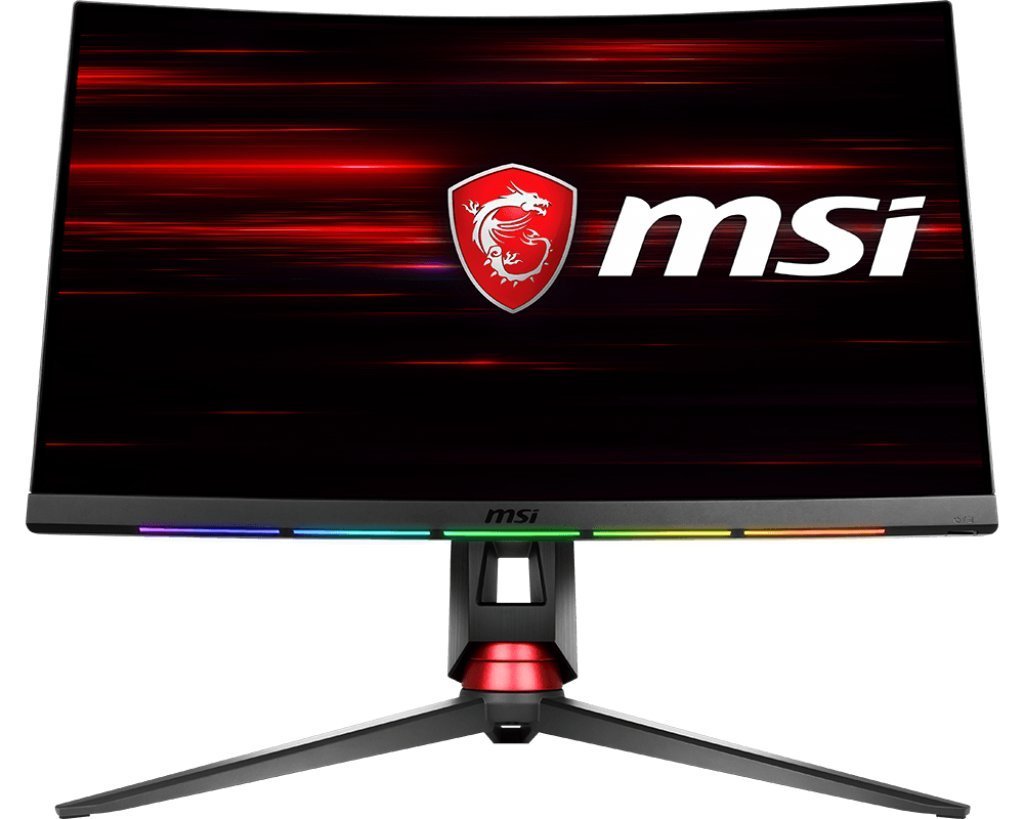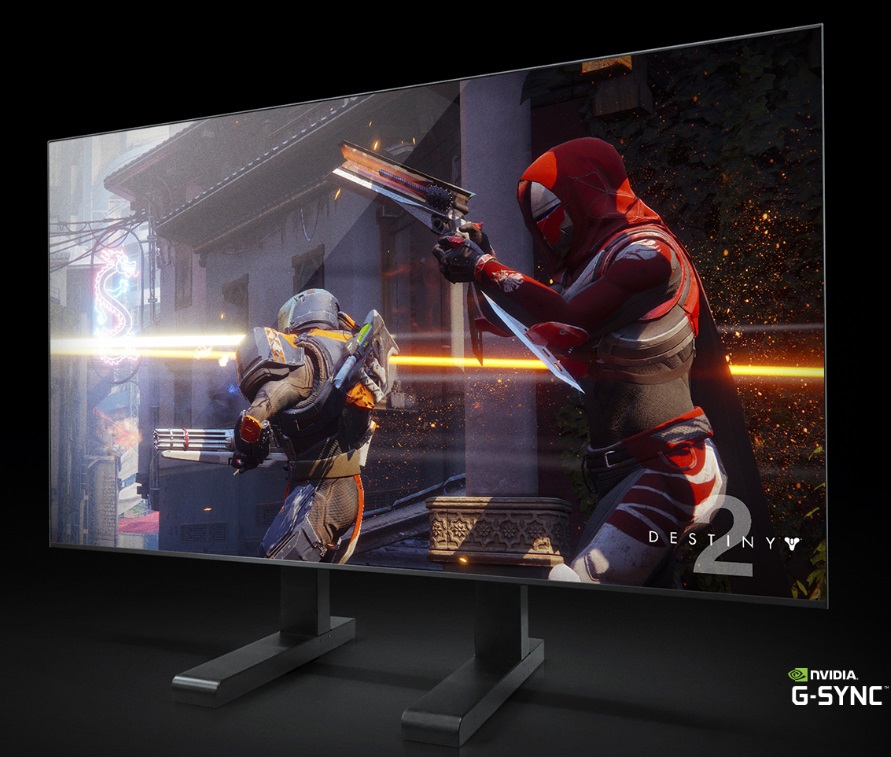The New Monitors And Displays Of 2018 (Update)
Update, 3/8/2018, 8:14am PT: MSI announced that the Optix MPG line is now available and that a special launch edition bundle featuring a SteelSeries QcK Prism mousepad, which boasts 12-zone RGB lighting with the same GameSense integration as these monitors, will be available from March 8-April 8 or while supplies last. To claim the bundle, you have to register your Optix MPG monitor via MSI's website. See below for specs and a link.
Original article, published 2/2/18, 3pm PT:
The beginning of 2018 saw the introduction of several new monitors from the usual suspects. Dell, HP, LG, Lenovo, and MSI revealed a bevy of displays to feast our eyes on. We've continued to update this article as new monitors are introduced, and already-announced monitors become available.
Asus
Asus showcased a pair of portable picture boxes that are aimed at professionals and on-the-go power users. The Asus ProArt PQ22UC is a 21.5" OLED display with a resolution of 3840 x 2160 offering 99% of the DCI-P3 color gamut, an impressively low 0.01ms pixel response time, and a thin and lightweight design for content creators in the field.
The ZenScreen Go MB16AP is the successor to the MB16AC, with a 15.6" 1920 x 1080 display that houses a 7,800mAh battery under the thin and light hood, offering up to four hours of operation at peak brightness. Like most of the products revealed at CES 2018, pricing and availability of the ProArt and ZenScreen Go are currently unknown.
Dell
Dell announced a duo of monitors, the S2419HM and S2719DM, focused on premium design. Dell says they’re ultra thin, but that’s only the case on the top edge. They come in 24" and 27" versions that are otherwise equivalent except for size. The panels have a 600-nit peak brightness, but with only an sRGB color gamut, they won’t make for the best HDR experience.
HP
HP introduced the Z Series monitor lineup at CES. The new line of Z Series ultra-thin IPS LCD monitors feature sleek metal bezels and micro-edge display panels. Each Z series model shares the same basic specifications: They all produce a 1080p image at 60Hz, and they offer 178-degree viewing angles. The new display lineup also features AMD’s FreeSync dynamic refresh rate technology to produce a tear-free gaming experience when paired with a compatible Radeon graphics card.
Get Tom's Hardware's best news and in-depth reviews, straight to your inbox.
Perhaps the most remarkable feature of the Z Series lineup is the micro-edge displays panels, which are perfect for nearly seamless multi-monitor configurations. The Z series monitors are available in five sizes ranging from 21.5" to 27".
Lenovo
At CES, Lenovo revealed two ThinkVision monitors. There's the ThinkVision P32u, a 32" 4K UHD monitor for professional image and video creation. The color gamut of the ThinkVision P32U covers 99.5% of AdobeRGB, but its 300-nit maximum brightness means it isn’t HDR capable. Beyond standard video inputs, the P32u has Thunderbolt 3 input with charging capability, and TB3 output for daisy-chaining a second display. The P32u will be available starting from March 2018 at $1,349.
Lenovo also announced the ThinkVision X24, which is an affordable 24" monitor with an edge-to-edge display. The X24 features extremely narrow bezels (1.1mm), which would work well for multi-monitor configurations. The X24 is also impressively thin (4mm) so it won’t take up much space on your desk. The Lenovo X24 will be available starting from January 2018 at $249.
LG
LG brought two newest monitors are the LG 34WK95U and the LG 32UK950. The LG 34WK95U is a 34" 5K (5120x2160) ultrawide monitor with a 21:9 aspect ratio.It's an excellent option for professional content creators who wish to work with 4K media because the extra width allows for full-screen previews without covering your toolbar. LG also introduced the 32UK950, which is a 32" 4K monitor with AMD FreeSync technology. The 32UK950 features a Thunderbolt 3 interface with a pass-through connection that supports daisy-chaining a second 4K Thunderbolt 4 display.
LG’s new displays both feature Nano IPS technology, which “enhances the intensity and purity” of displayed colors. The Nano IPS display also reproduce a color gamut that covers 98% of DCI-P3 and supports the HDR 600 standard. LG’s new displays also boast four-side edge-to-edge borderless design.
MSI
MSI Introduced a new lineup of displays called Optix MPG, which includes two 27" models; the Optix MPG27CQ, with a WQHD panel, and the MPG27C, which includes a 1080p panel. Both Optix models feature 144Hz refresh rate and 1ms response time along with an 1800R curve to provide a wrap-around gaming experience.
The new Optix MPG series also include multiple RGB lighting zones that add accents and new functions to the display. The rear of the MPG series displays features RGB accent lighting that shines on the wall behind it to change the ambiance of your room. The displays also include five configurable RGB light zones on the lower edge of the front bezel. The front RGB lights feature SteelSeries GameSense integration, which enables you to configure the lights to provide game notifications, such as skill cooldown timers, health, and ammo levels, and even chat notifications.
The Nvidia BFGD Displays
Although Nvidia says that its "BFGD" displays are totally not TVs, they totally are TVs. Yes, one could set up one of these 65" beasties in a "gaming den"--that's certainly how Nvidia had them set up in its CES suite when we saw them--but they're going to be ideal for living room setups. They don't have TV tuners on board, but that won't stop anyone from parking them in front of the couch. The displays offer 4K resolution G-Sync, and they come with Nvidia Shield embedded as well as Nvidia GameStream and GeForce Now support.
Thus far, Acer, Asus, and HP have all stepped up to build BFGDs, and although all are presently prototypes, they're all working prototypes. We learned at CES that some of the details yet to be nailed down include the number and type of inputs, so it's not as if Nvidia and these OEM partners are still figuring out how to make them work; it's just a matter of time before they'll hit store shelves. Expect the first of them to be on the market some time this year.
As you'll note below, full details are scant--including the price. All we know is that they'll have four-figure price tags.
Update, 2/6/18, 2:05pm PT: Added entries for Asus monitors. Article originally published 2/2/18, 3pm PT.
Tom's Hardware is the leading destination for hardcore computer enthusiasts. We cover everything from processors to 3D printers, single-board computers, SSDs and high-end gaming rigs, empowering readers to make the most of the tech they love, keep up on the latest developments and buy the right gear. Our staff has more than 100 years of combined experience covering news, solving tech problems and reviewing components and systems.
-
scolaner Archived comments are found here: http://www.tomshardware.com/forum/id-3633577/monitors-displays-ces-2018.htmlReply














